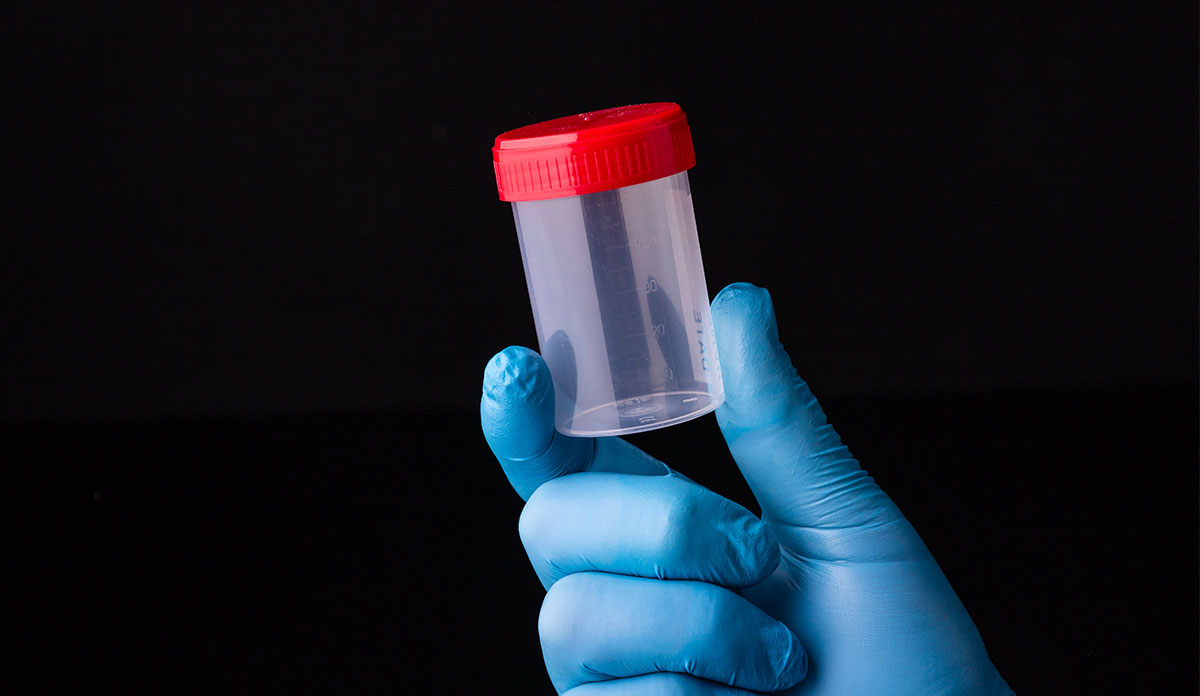Objective testing is essential for describing the spread and trajectory of the drug overdose epidemic. I have spent my entire career tracking drug use through urinalysis. From 1986-1990, I supervised the launching of the national Drug Use Forecasting (DUF) program that collected and analyzed urine specimens from arrestees detained in booking facilities throughout the country. After becoming Director of the Center for Substance Abuse Research (CESAR) at the University of Maryland in College Park in 1990, my team has initiated projects that analyzed urine specimens from other high-risk populations. Urinalysis is an invaluable tool because people often do not realize what they have used or underreport their recent use of drugs, even during confidential research interviews.
CESAR’s Community Drug Early Warning System (CDEWS) and the Drug Outbreak Testing Service (DOTS) projects obtained urine specimens already collected by drug testing programs in hospitals, jails, and drug treatment programs and sent them to a collaborating laboratory for re-testing for many more drugs. These projects uncovered the wide variety of drugs that persons had used or been exposed to and documented the growing types of synthetic cannabinoids (synthetic marijuana) available.
Most recently, we pilot tested the Emergency Department Drug Surveillance (EDDS) system in Maryland. And we are currently launching it nationwide. Participating hospitals provide quarterly exports from their electronic health records containing patients’ drug test results and some limited demographic and clinical information. All information is de-identified before it is sent to CESAR. CESAR reports analyze the trends in the drugs detected.
Most hospital laboratories only test their patients for a small number of drugs (typically fewer than 12). To gain a more complete picture of the drugs used, each participating hospital sends annually to EDDS 150 de-identified urine specimens that are ready to be discarded. The EDDS collaborating laboratory re-tests the specimens for over 500 drugs. EDDS reports describe the drugs detected so that the hospitals can update their testing protocols, if appropriate, and inform physicians about drugs to which their patients may be exposed.
With the proliferation of drugs now available over the internet and on the street, patients and their physicians may not know what drugs have been ingested.
With the proliferation of drugs now available over the internet and on the street, patients and their physicians may not know what drugs have been ingested. Our prior study showed that only 20-23% of specimens taken from patients believed to have experienced a synthetic cannabinoid overdose actually tested positive for those drugs.
EDDS is now operating in seven Maryland hospitals and five other states. This year, 20 new hospitals will be added to EDDS. EDDS results have already made a difference. EDDS findings convinced two hospitals in Baltimore to add fentanyl to their routine test panels.
Last year, EDDS re-testing found significant numbers of specimens testing positive for fentanyl in the five newly added hospitals — none of them routinely tested for fentanyl. Furthermore, the hospitals in two of the states where recreational marijuana use has been legalized did not routinely test patients for marijuana. The EDDS re-testing found high rates of marijuana positive specimens, some of which only tested positive for marijuana. These findings raise important questions about how marijuana use alone or in combination with other drugs may contribute to the adverse events that bring patients to the emergency department.
The federal government needs to institute a national program of standardized testing of overdose patients. This is the most important policy implication from the early EDDS findings. The hospitals studied differ widely in the drugs they routinely test for and in the sensitivity of their tests. A standardized system of testing will provide hospital physicians, their patients and the nation with a clearer picture of the ever-evolving drugs that are affecting public health.
Additional EDDS findings are available here: https://cesar.umd.edu/landingtopic/edds-hospitals-data.
Acknowledgement
We gratefully acknowledge the physicians, technical, and laboratory staff at all of the EDDS hospitals and at AFMES, our collaborating laboratory. The EDDS project is funded by Cooperative Agreement #G2099ONDCP09A awarded by the Executive Office of the President, Office of National Drug Control Policy (ONDCP), and the University of Maryland’s Center for Substance Abuse Research (CESAR). The views expressed in this article are the authors’. They do not represent the views of the ONDCP or any other agency of the Federal Government.
















